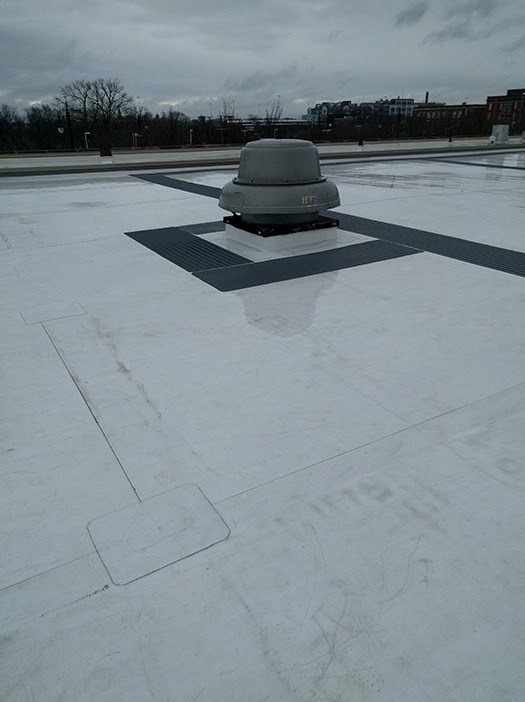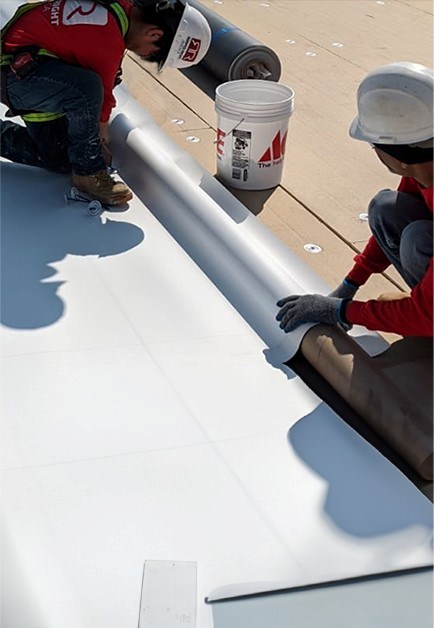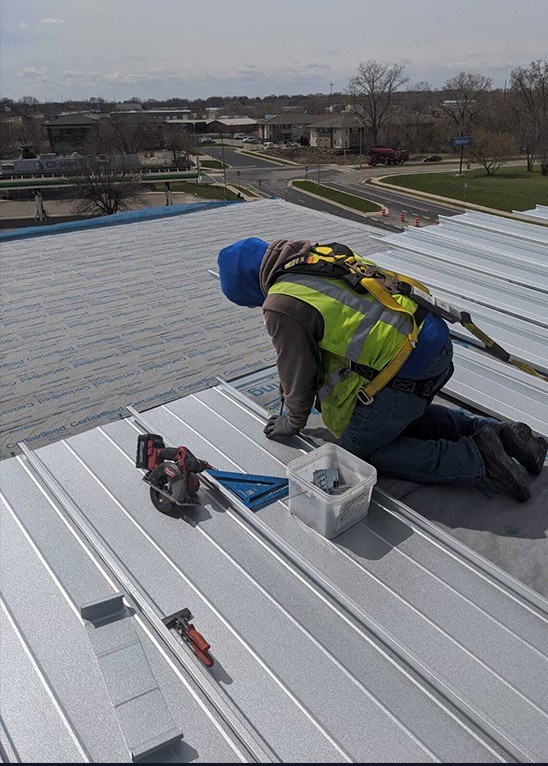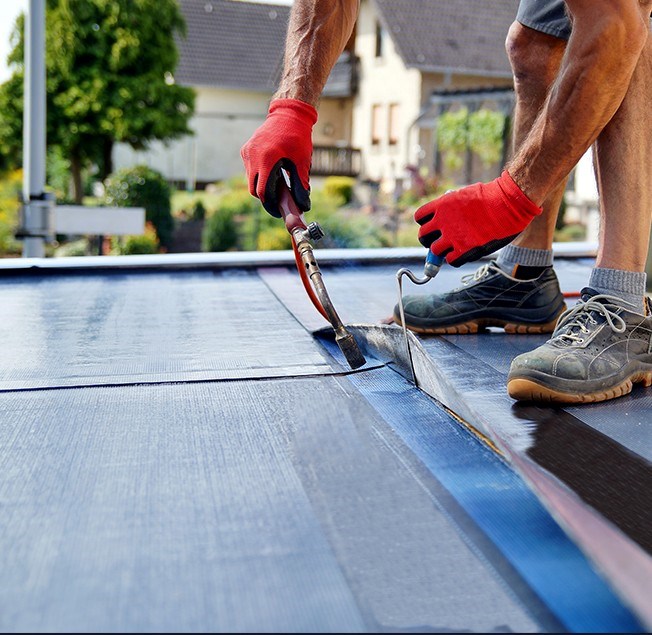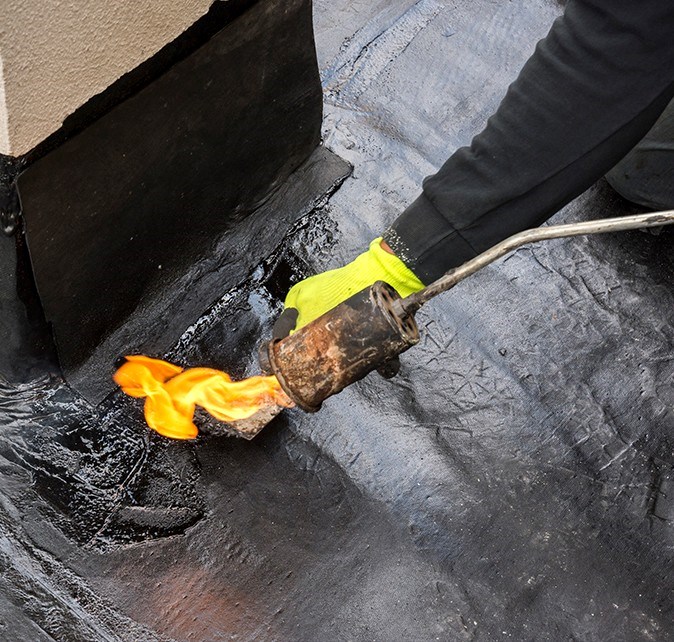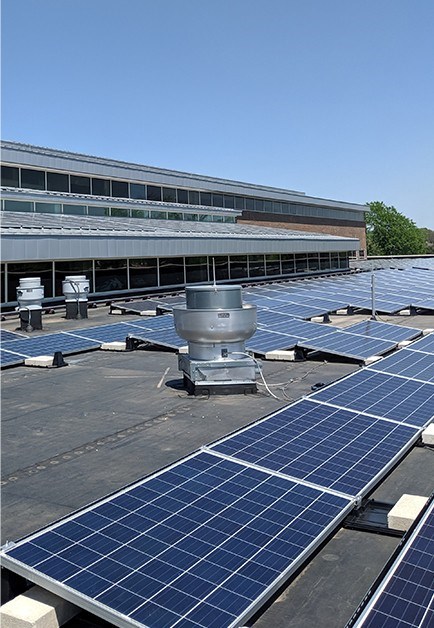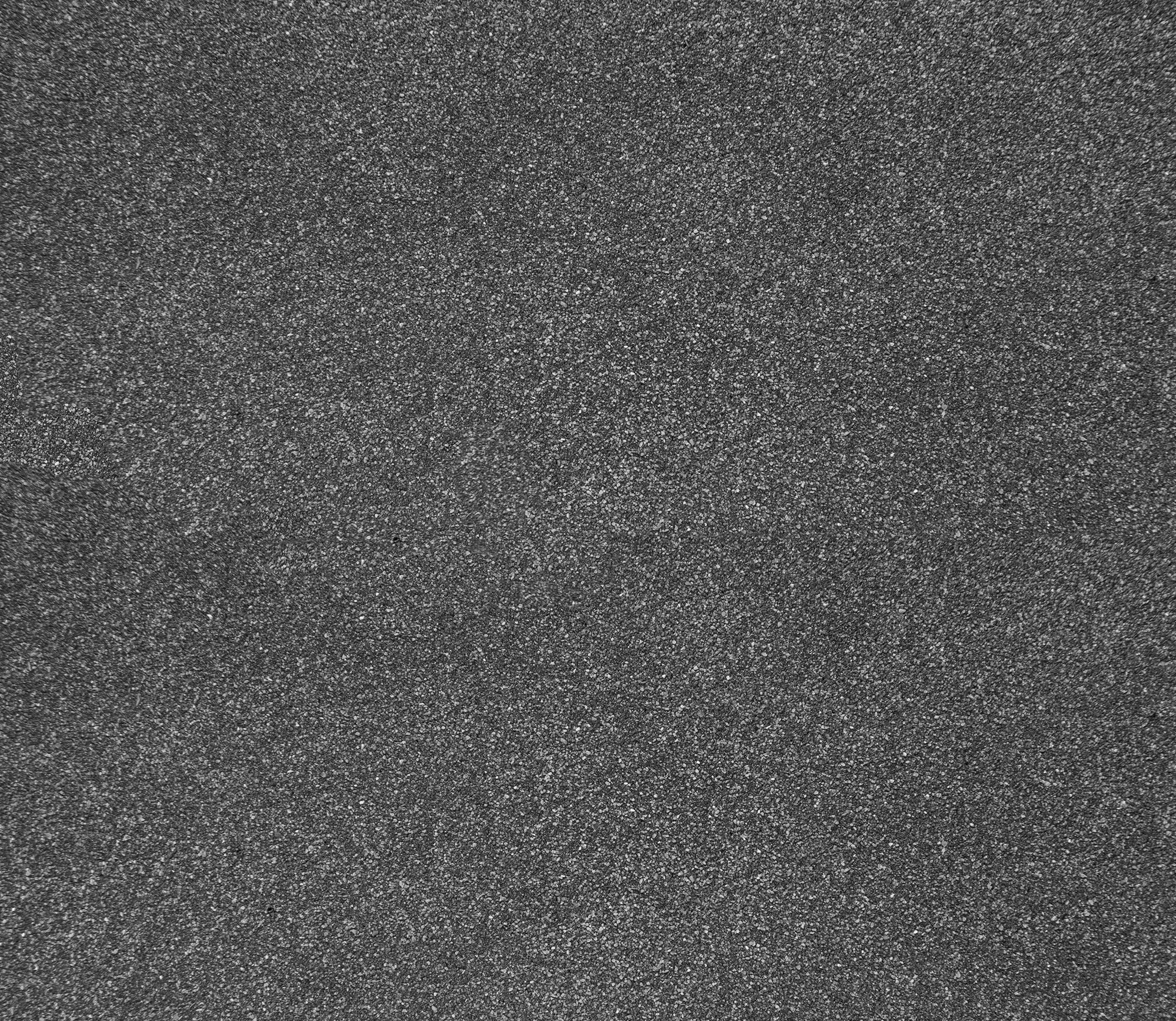America's #1 commercial roofing contractor
Roofed Right America delivers professional commercial roofing services across the country from our locations in Wisconsin, Texas, and New Jersey. We offer roof repair, maintenance, replacement, and more commercial roofing services for commercial properties of all sizes. Call us at 414-769-0100 to request a free estimate.

